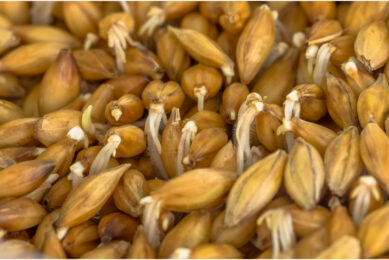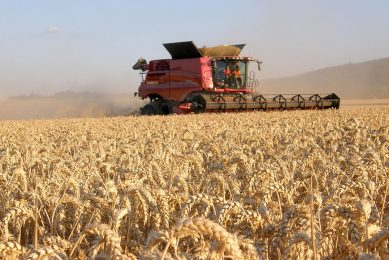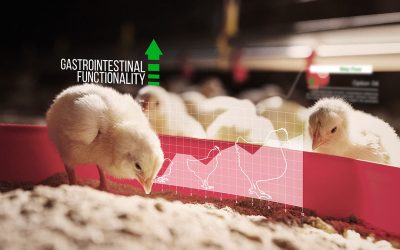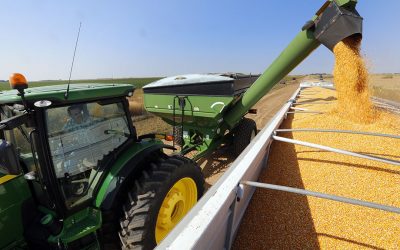Scottish cereal harvest to go over 3 million tonnes
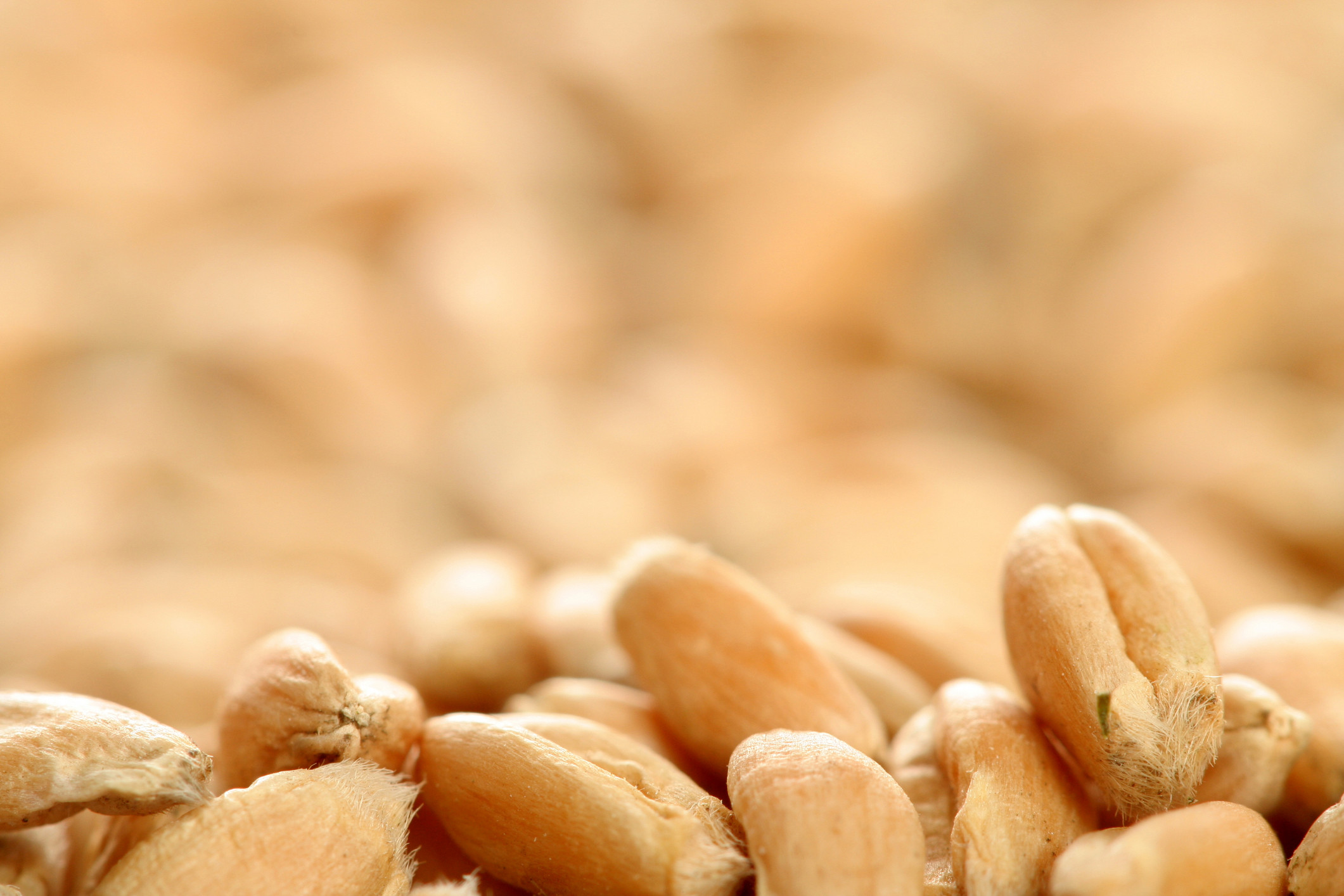
Government estimates for this year’s cereal harvest in Scotland suggest the country will produce 3.08 million tonnes, which is 333,000 more than last year and the third highest on record.
At the same time, in some areas Scottish farmers are still battling to get the harvest finished as poor weather in September slowed things down.
Factors affecting the boost in production, despite the poor conditions, include a 1% overall increase in the total area grown to 433,000 hectares and a 11% boost in yields expected to average 7.1 tonnes per hectare.
Still estimates
The figures suggest spring barley has experienced a 16% increase in production to 1.51 million tonnes due to a 14% increase in yield and a 2% increase in area.
If estimates are right then spring barley is expected to yield 6.2 tonnes per hectare, which would be the highest on record. Winter barley production also increased, this time by 13% to 371,000 tonnes, thanks to a 14% increase in yield but a 1% reduction in area.
A 7% increase in wheat production saw totals climb to 988,000 tonnes, while the total area again remained unchanged. Oats are expected to see an 8% increase in production, to 217,000 tonnes, due to a 5% increase in planted area and a 3% increase in yield. And, oilseed rape production increased by a massive 38% to 140,000 tonnes, relative to the record low of 2016, with an 11% increase in area and a 24% increase in yield.
However, with the official figures of exact production not due to be released until this December, the estimates are exactly that, just an estimate.
Achieving good quality can be a challenge
A National Farmers Union Scotland spokesman said: “Any harvest estimates must come with a significant health warning attached. “It is clear from ongoing reports around the country that, in many areas, significant amounts of cereals have still to be harvested, acres of straw lie un-baled in sodden fields and ploughing for winter-sown crops is well behind. NFUS’s own cereal survey showed that those crops harvested this autumn have yielded well and recovered from the yield losses seen in 2016. But for those crops still to be harvested, achieving marketable quantity and quality will be a real struggle.
Use of high yielding varieties
The use of high yielding varieties and improved efficiency in machinery has helped push the average total yield across the most recent ten years up by 4% above the previous decade.
The large percentage increase this year is partly due to the poor harvest last year. However, production in 2017 is expected to be 6% above the average for the decade.
Despite some wet conditions during harvest, and a period of very dry weather earlier in the year, spring sowings were well established and moisture came at the right time to encourage growth. Moisture content at harvest is high, meaning that drying costs will have increased considerably this year.




